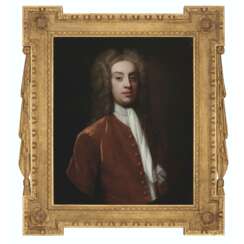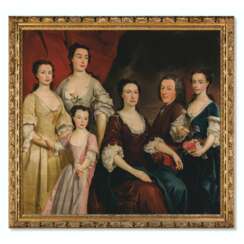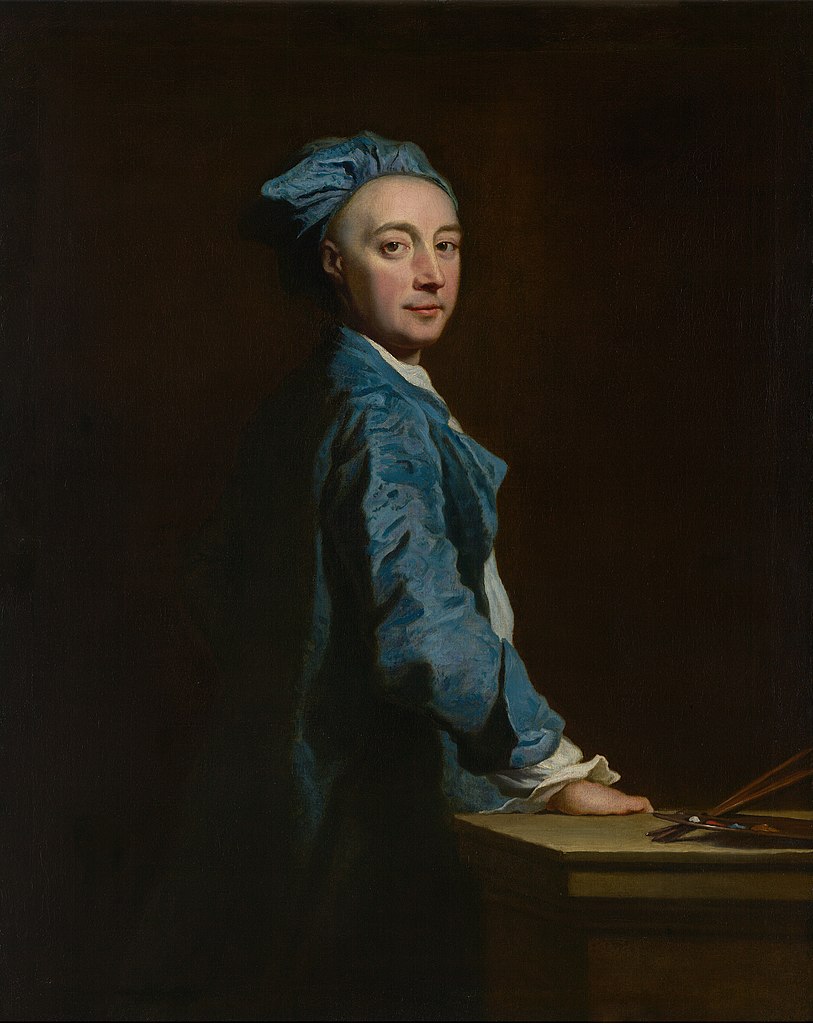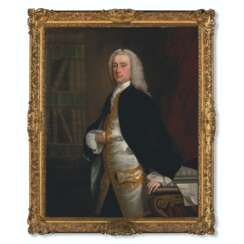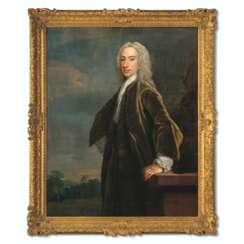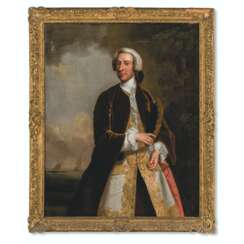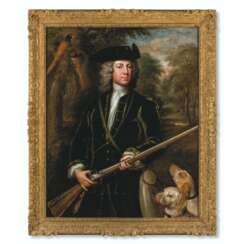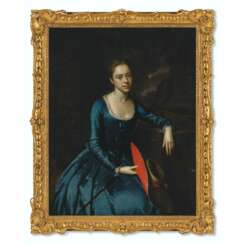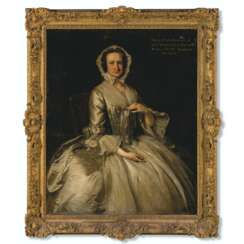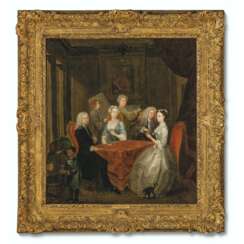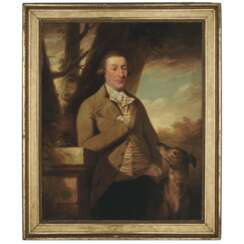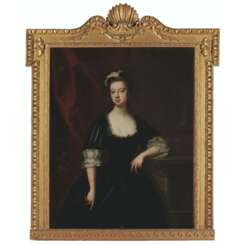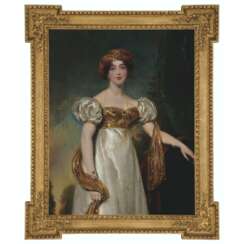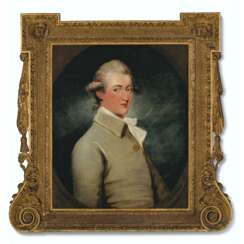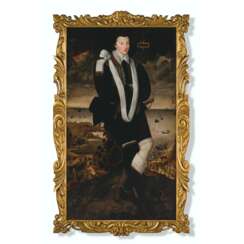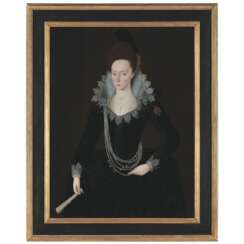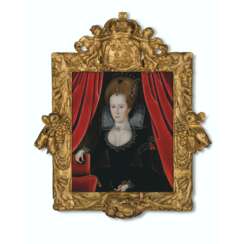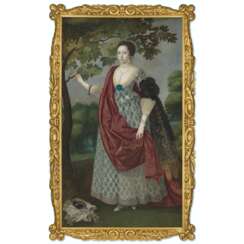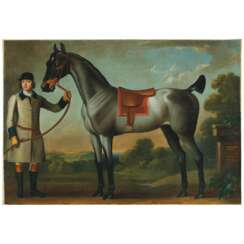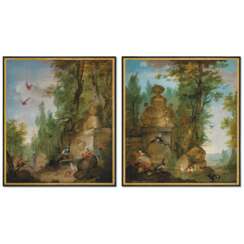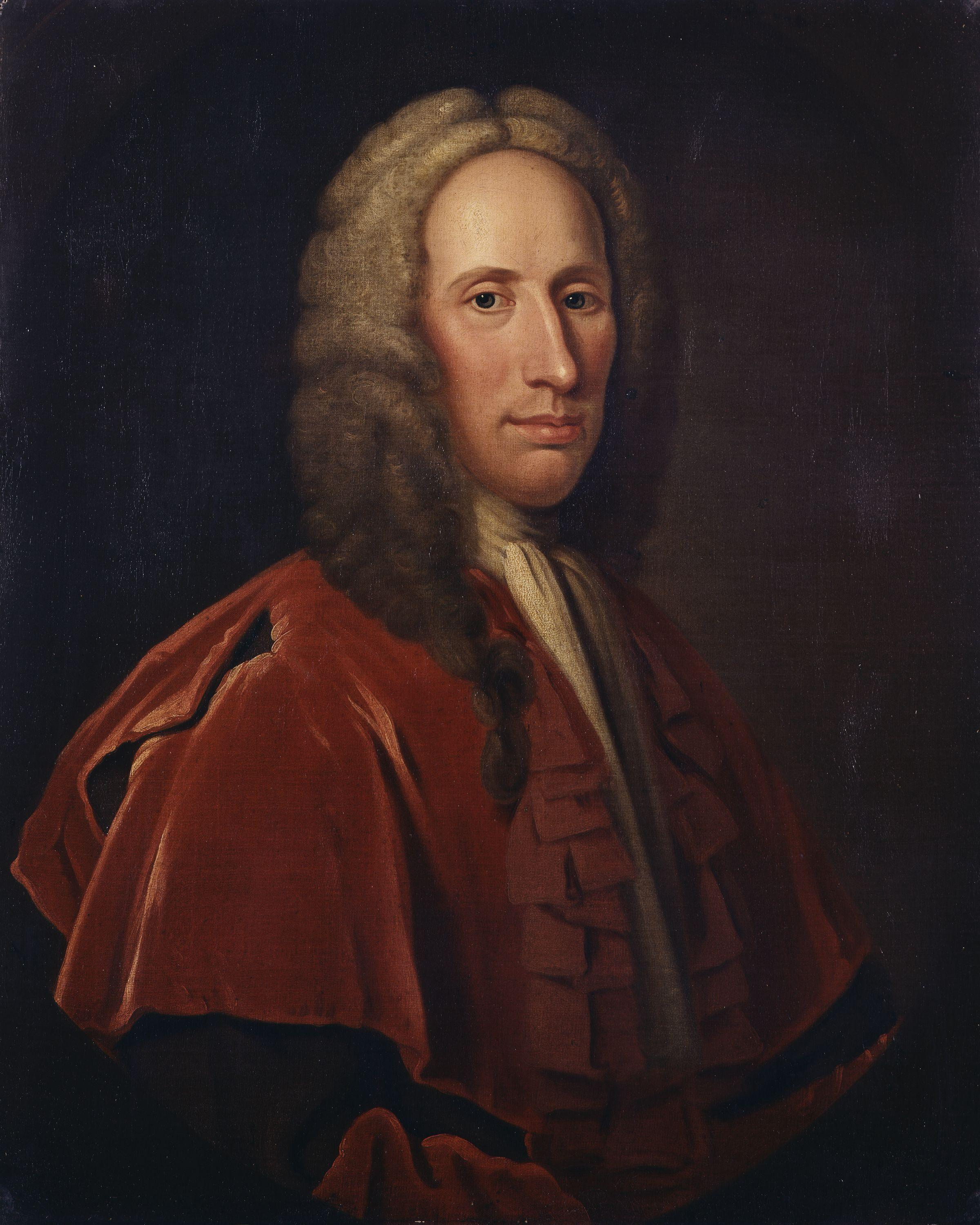
Paintings — Jasper Conran: The Collection Part I
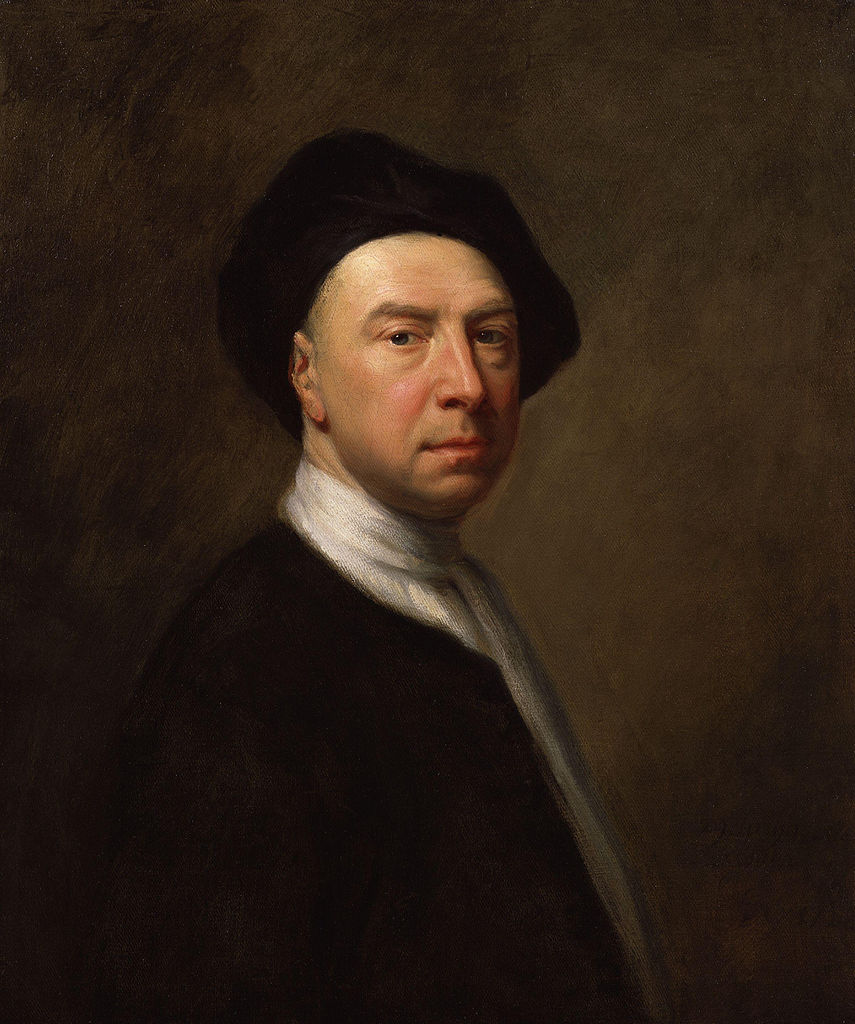
Jonathan Richardson was an English artist, collector of drawings and writer on art, working almost entirely as a portrait-painter in London. He was considered by some art-critics as one of the three foremost painters of his time. He was the master of Thomas Hudson and George Knapton. Richardson was even more influential as a writer; he is credited with inspiring Joshua Reynolds to paint and theorise with his book An Essay on the Theory of Painting. This book is credited with being "the first significant work of artistic theory in English."

Jonathan Richardson was an English artist, collector of drawings and writer on art, working almost entirely as a portrait-painter in London. He was considered by some art-critics as one of the three foremost painters of his time. He was the master of Thomas Hudson and George Knapton. Richardson was even more influential as a writer; he is credited with inspiring Joshua Reynolds to paint and theorise with his book An Essay on the Theory of Painting. This book is credited with being "the first significant work of artistic theory in English."

Thomas Hudson was an English portrait painter.
Hudson was most prolific between 1740 and 1760 and, from 1745 until 1755 was the most successful London portraitist.
Many of Hudson's works may be seen in art galleries throughout the United Kingdom. They include the National Portrait Gallery, the National Maritime Museum, Tate, Barnstaple Guildhall, Foundling Museum and the Bristol City Museum and Art Gallery.
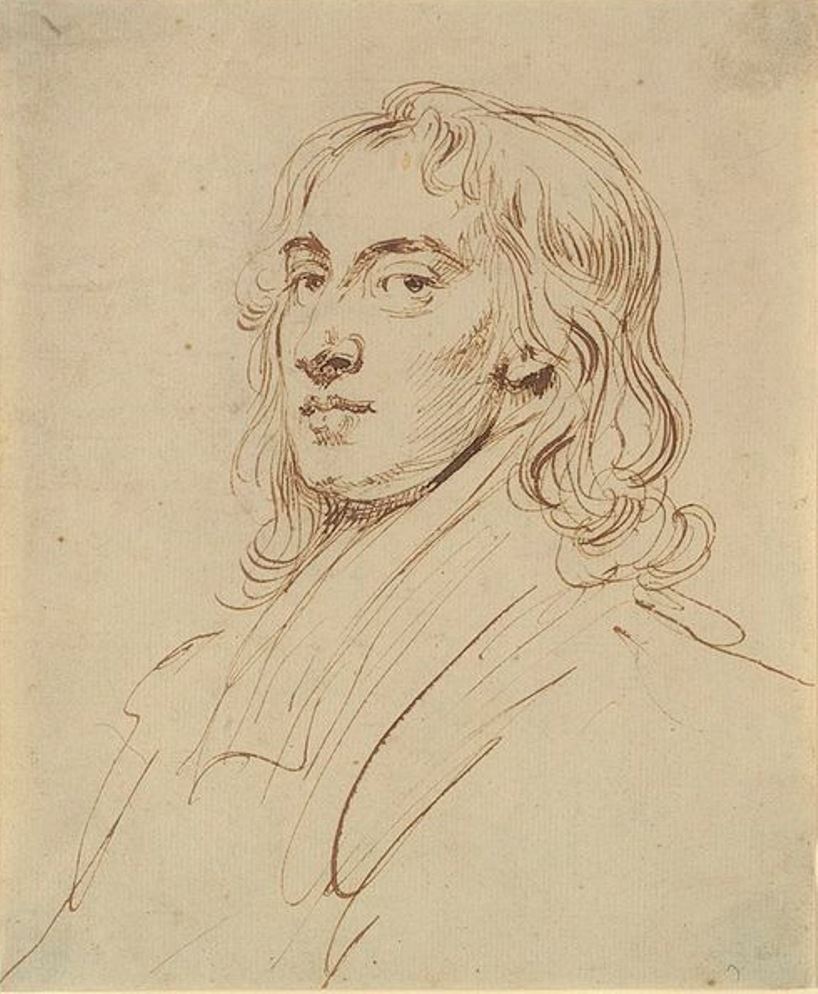
John Vanderbank was a British portrait painter and book illustrator.
Vanderbank was one of England's most famous portrait painters of the 1720s and 1730s, and is the author of portraits of many prominent figures in Britain, including the royal family. His portrait of Isaac Newton (1725) is now in Trinity College, Cambridge. Vanderbank was also a gifted draftsman, notably illustrating the 4-volume edition of Don Quixote.
Vanderbank was a very influential and successful artist of his time, with contemporaries prophesying a great destiny for him. However, his unrestrained lifestyle led to constant financial difficulties and an early death at the age of only 45.
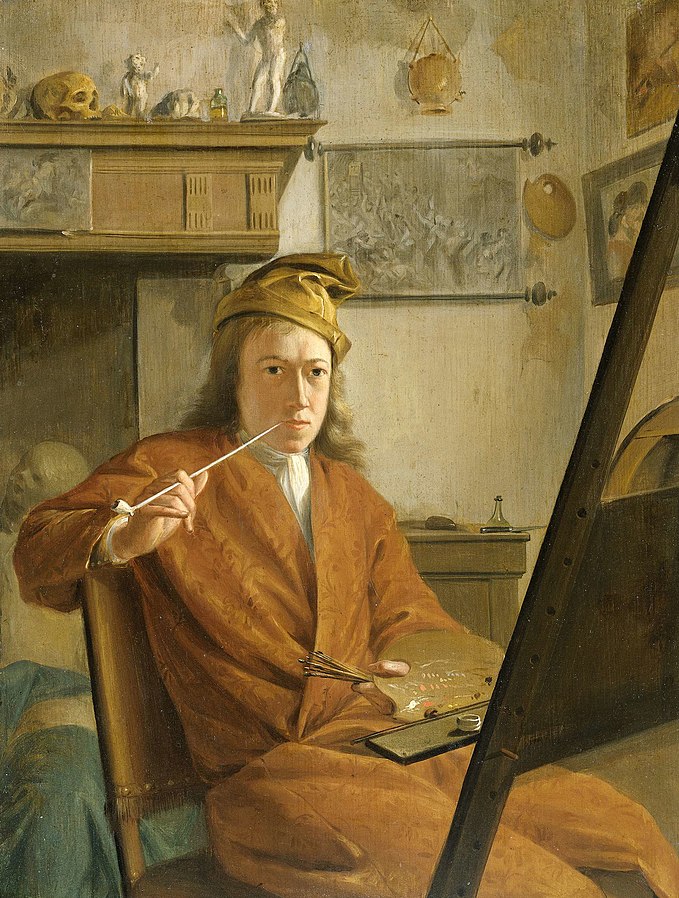
Aert Schouman or Aart Schouman was an 18th-century painter, now better known as a glass engraver, from the Dutch Republic. He was a prolific and versatile Dutch painter, glass engraver, printmaker, collector and dealer, who produced still lifes, biblical and mythological themes, natural history studies, genre, historical and topographical works, portraits, sketches, etchings and mezzotints. He designed tapestries, painted wall-hangings and decorated objects such as fans, snuffboxes and even the glass windows of a magic lantern. From 1742 until 1792 he was head of the Dordrecht Guild of St. Luke, and in 1751 he became regent of the Hague drawing school associated with the Confrerie Pictura of The Hague. In 1736 he founded the "Brotherhood" of the Confrerie in The Hague, a fraternity of amateur art lovers from Dordrecht and environs, of which he was headman during the years 1752–1762.
